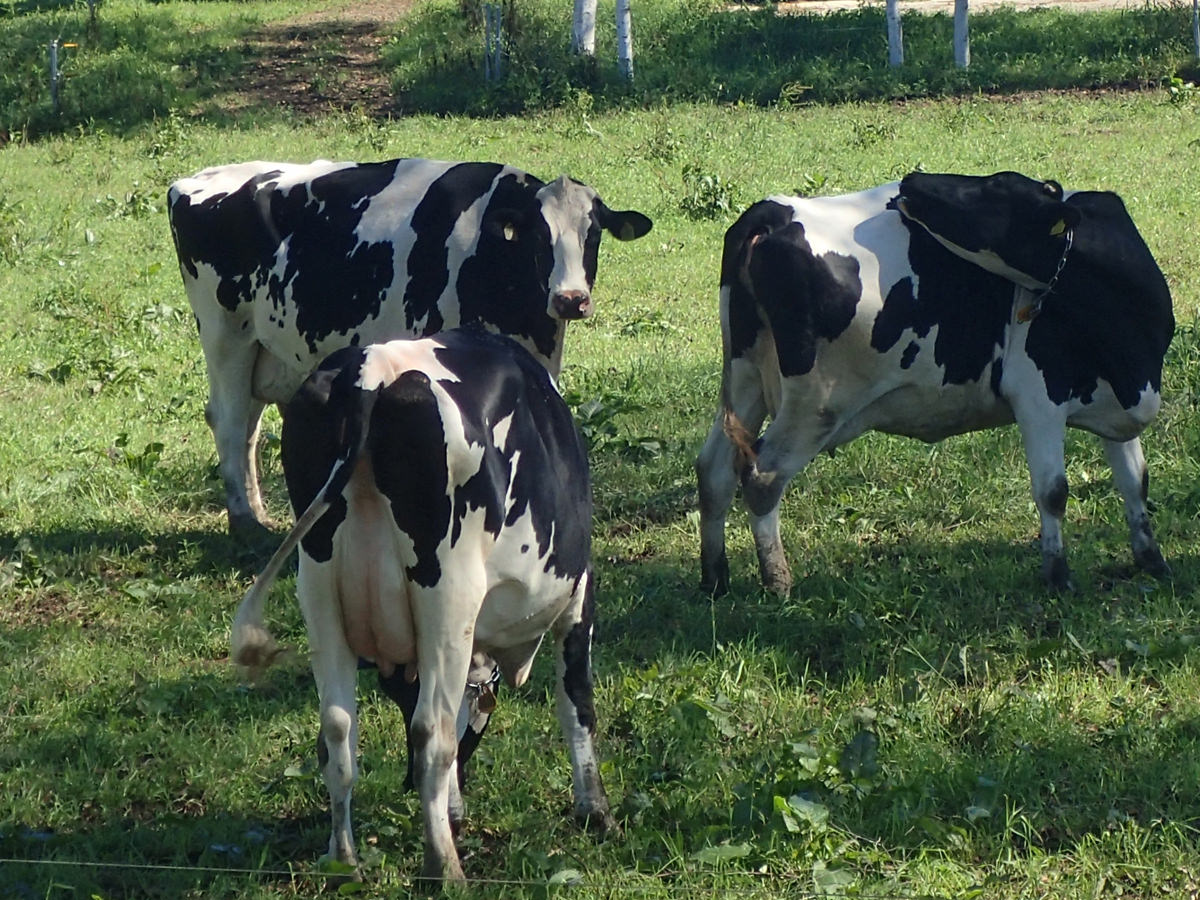Types of cowhide, such as calfskin, kipskin, and steerhide

There are many different types of cowhide, including calfskin, kipskin, and steerhide.
Of course, there is more to leather than just cowhide, there are many other types too, such as sheep, goat, deer, and pigskin.
So today, out of the many different types of leather, we'll focus on cowhide and look at the different types of cowhide.
Cowhide leather: The most versatile leather
Of all the different types of leather, cowhide is the most commonly used.
It is in abundant supply and has excellent strength and appearance, making it the most readily available leather.
Although it is generally called cowhide, the quality varies depending on the place of origin and the gender of the leather.
Let's take a look at the differences and their names.
Calfskin

It is made from the leather of calves less than 6 months old.
Compared to adult cowhide, it is finer, smoother and softer.
It is one of the most luxurious leathers out of all leather materials.
This type of leather is often used for leather bags and leather wallets.
I get the impression that there are a lot of luxury brands.
Leather from calves up to three months old is called baby calfskin.
Leather that is less than 6 months old and weighs 4.3 kg or less is called light calfskin, while leather that weighs between 4.3 kg and 6.8 kg is called heavy calfskin.
Kipskin

It is made from cowhide from babies between 6 months and 2 years old.
Although it is not as fine or soft as calfskin, it is thicker and stronger.
It is said to be the second highest quality cowhide after calfskin.
Steerhide

It is the leather of a male cow that is over 2 years old and was castrated within 3 to 6 months of age.
This is probably the most common type of steerhide leather.
Bull meat is eaten by humans, so a lot of leather is produced.
Although the silver surface (surface) is fine-grained and soft, it is thicker and firmer than female cowhide.
cowhide

The leather is from a female cow that is at least two years old and has given birth.
Steerhide is characterized by its fine texture, thinness, and thickness and strength greater than kipskin.
However, since the leather is from a female cow that has given birth, the leather on the belly is loose and the tip is less dense.
Bullhide

The leather is from male cows that are over three years old.
Because they are not castrated, they are active, have a strong fighting instinct, and have fought with other cattle, so they often have scars on their hide, and these scars remain even after the hide is tanned and turned into leather.
As a result, the leather has many scratches, but it has the hardness, thickness, and durability characteristic of male cowhide.
Earth-born Dinama
This is a unique name for domestically bred cattle, and is called "jinama" because in the past, their hides were traded in their raw form.
I've heard that most of the cowhide made in Japan comes from North America, so I think native leather is quite rare.
The cows are raised more carefully and have fewer scratches and are better maintained than those produced overseas, so the leather is said to be clean and of high quality.
Harako
Finally, let me introduce Harako.
Harako is made from the skin of a fetal cow.
It is also called Arbon Calf, which means a calf that has not yet been born.
It is generally obtained from the fetuses of cows who die before giving birth or from stillborn calves.
Pony skin is the highest quality material, and most of the material sold is pony or other similar material that is being sold as pony skin.
Hide and Skin
To summarise, what I'm curious about is Hide and Skin.
As some of you may have already guessed, the difference between Hide and Skin is size.
The raw hides are classified as hides or skins depending on their size. Hides are the skins of large animals (such as cattle or horses) and, according to American and Canadian standards, weigh 25 pounds (about 11 kg) or more. Skins are smaller than that and refer to the skins of young or small animals (such as calves, sheep, pigs, etc.).
The standard seems to be 25 pounds (11 kg).
Also, for small animals like pigs and sheep, they use pigskin and goatskin, which are also called skins.
[Summary] There are many different types of cowhide.
This time, we only introduced cowhide leather.
I had heard of calfskin and cowhide before, but I didn't know exactly what kind of leather they were.
Writing this article has helped me get things organized a bit more.
There are mixed opinions about pony skin.
I don't think it's that good.
Actually, the leather used for White's boots is bullhide. I didn't know that.
SHARE:






